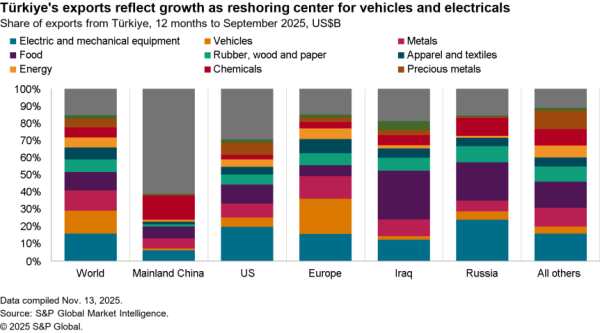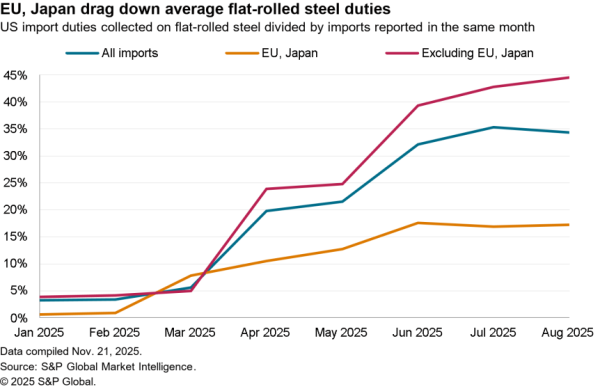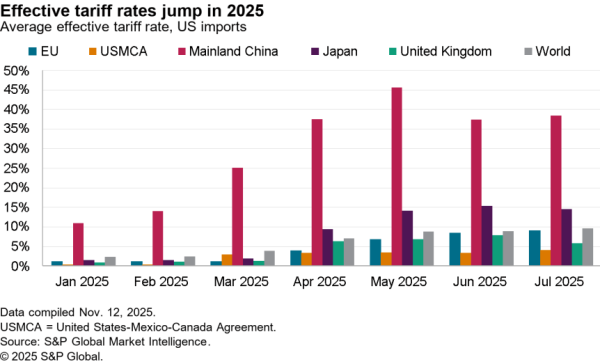The Chinese government is moving the trade conflict with the U.S. beyond the realm of tariffs with three policy moves. That the government is doing so is not a surprise, while it has matched the Trump administration’s recently tariff increases, as outlined in Panjiva’s research of May 10, the relative scale of imports gives it less economic leverage.
Firstly the State Council Information Office has outlined the government’s attitude towards trade negotiations with the U.S., which include a commitment that “China will never give in on major issues of principle. For the trade war, China is not willing to fight, not afraid to fight, and has to fight if necessary.” An English translation of the document has been provided by Bloomberg.
Second, the Ministry of Commerce is launching a policy of identifying and acting against foreign companies that are deemed “unreliable entities” which display characteristics including “fail to comply with market rules, deviate from the spirit of the contract, and impose a blockade or confiscation of Chinese enterprises for non-commercial purposes“. The actions to be taken against such firms have yet to be identified.
Thirdly, the government has decided to investigate freight forwarder FedEx on the grounds that it “seriously jeopard(ized) the legitimate rights and interests of users, and has violated the relevant laws and regulations of China’s express delivery industry” by allegedly diverting packages sent by telecoms firm Huawei according to Xinhua.
The third item in particular suggests that Fedex may be one of the first companies to feel the impact of the revised policies. Panjiva data shows that China accounted for 60.1% of FedEx’s U.S. seaborne imports in the 12 months to Apr. 30, following growth of 6.9% year over year. That outpaced growth from its rest-of-world business which declined by 3.7% year over year.

Source: Panjiva
FedEx may be particularly exposed to the logistics decisions being made by its China-based counterparties. The largest users of FedEx’s services on U.S.-to-China routes in the 12 months to Apr. 30 were in the technology hardware businesses including Quanta with 2,434 TEUs shipped by its Tech Yeh subsidiary, representing 3.8% of FedEx’s volumes on those routes. Second place was Qisda (QCH) with 1,294 TEUs shipped and then Foxconn (Hon Hai) with 1,123 TEUs.

Source: Panjiva
The other major U.S.-domiciled freight forwarders with significant China-U.S. operations include UPS – China including Hong Kong represented 73.5% of its U.S.-inbound ocean business in the 12 months to Apr. 30 across both its Asia and non-Asia businesses – CH Robinson (63.4%) and Expeditors (53.0%).

Source: Panjiva




